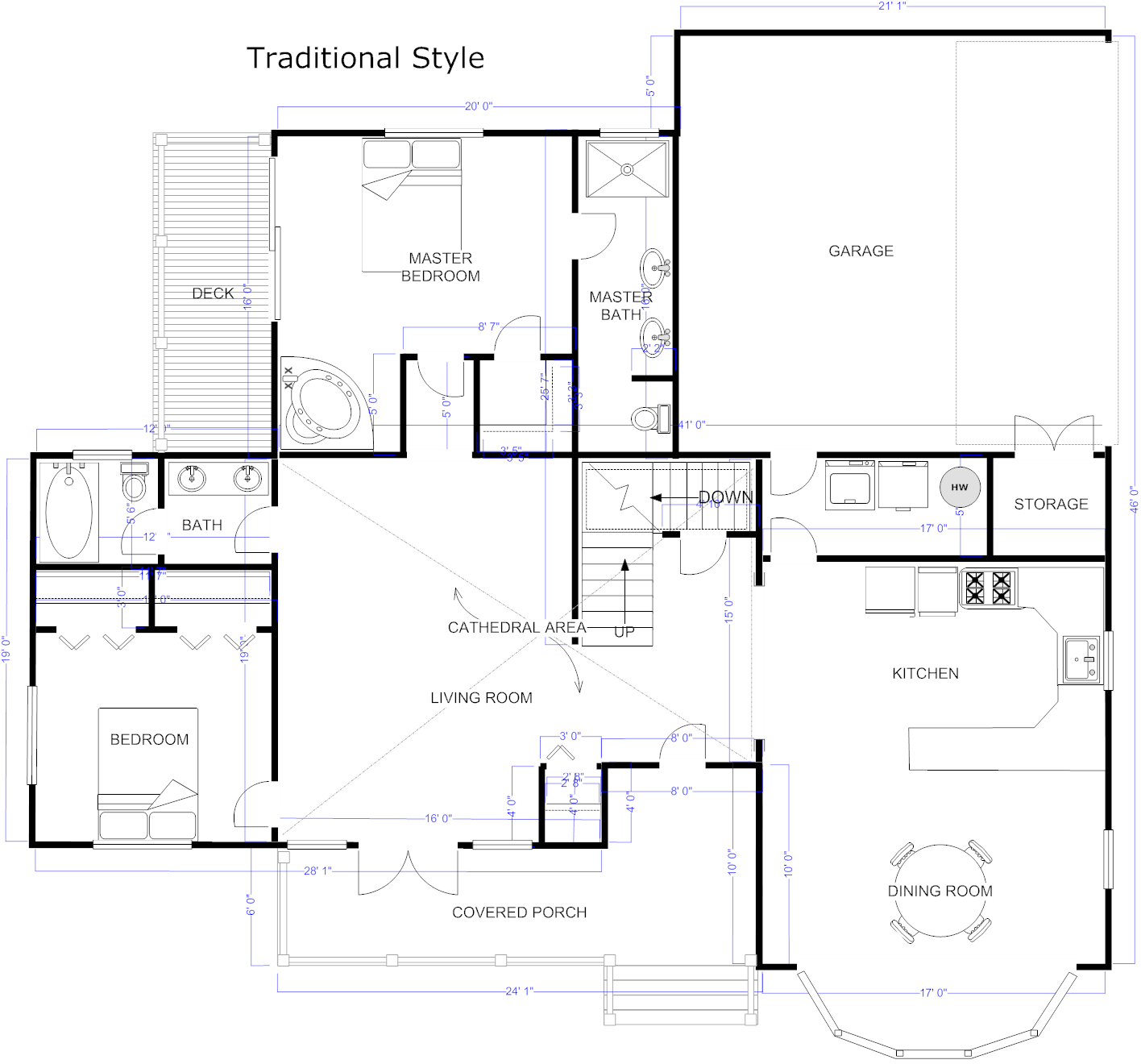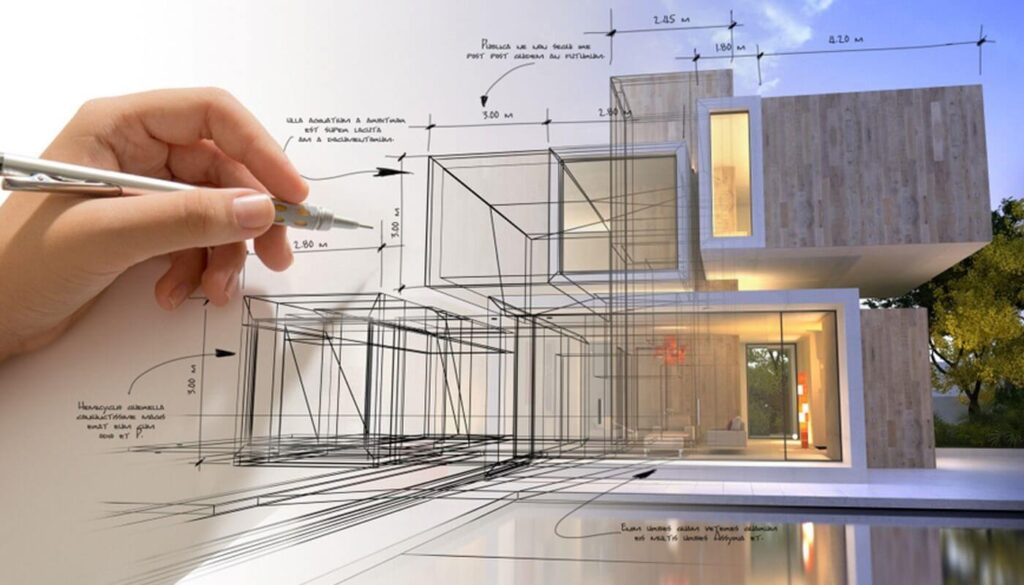A Thorough Overview of Building Styles and Their Impact on Modern City Preparation and Growth
Building styles have long served as a mirror to the societal values and technological advancements of their time, playing a vital function fit contemporary city planning and growth. From the magnificence of Neoclassicism to the practical technique of Brutalism, each style has presented one-of-a-kind ideas that influence urban appearances and functionality. As modern obstacles develop, including sustainability and neighborhood demands, recognizing these historical structures comes to be crucial. The resulting discussion not only educates future layout techniques however also elevates essential concerns concerning the equilibrium between heritage and development in our developing city landscapes.
Historic Review of Building Styles
Throughout background, building styles have actually developed in response to cultural, technical, and ecological elements. Each period reflects the prevailing values, beliefs, and advancements of its time, resulting in a rich tapestry of design that indicates human imagination and adjustment. The ancient worlds, such as the Egyptians and Greeks, developed fundamental styles that stressed symmetry and proportion, serving both functional and aesthetic purposes.
As cultures transitioned with the Center Ages, Gothic style emerged, characterized by its verticality and elaborate describing, matching the spiritual aspirations of the period. The Renaissance noted a rebirth of classical perfects, combining art and design in innovative manner ins which influenced subsequent styles throughout Europe.
The Industrial Transformation introduced new materials and construction strategies, motivating movements like Modernism, which tested traditional types and accepted simpleness and performance. The 20th century saw a diversification of designs, with Postmodernism responding versus the plain minimalism of its predecessor, including historical referrals and eclectic components.
Today, architectural styles proceed to evolve, driven by globalization and sustainability worries, showing a vibrant interplay between heritage and technology. This historic summary underscores the relevance of design as a mirror of societal evolution and as a catalyst for metropolitan advancement.
Secret Architectural Styles Explained
The diversity of architectural styles reflects the myriad impacts that form our developed atmosphere, each symbolizing unique features and cultural significances. Secret architectural designs include Timeless, Gothic, Baroque, Modernism, and Postmodernism, each standing for special historical contexts and aesthetic philosophies.
Classic architecture, rooted in ancient Greece and Rome, emphasizes proportion, proportion, and making use of columns. On the other hand, Gothic architecture, growing between Ages, is characterized by pointed arcs, ribbed vaults, and flying buttresses, producing a heavenly top quality in cathedrals. Baroque style, emerging in the 17th century, is marked by majesty, sophisticated ornamentation, and a dynamic interaction of light and darkness.

Comprehending these styles supplies understanding into the social stories and technical developments of their respective eras, highlighting just how architecture serves not just as a shelter, but as a representation of social values and goals.
Influence On Urban Preparation
Fit the growth of cities, architectural designs substantially affect city preparation decisions. The option of building style typically determines the aesthetic appeals, functionality, and total character of city environments. As an example, modernism, with its emphasis on minimalism and performance, motivates open areas and the combination of innovation, shaping city formats that focus on performance and access. On the other hand, standard designs might stress historical conservation, causing metropolitan styles that keep social heritage and promote pedestrian-friendly environments.
In addition, architectural styles can impact zoning regulations and land utilize policies. Urban planners must consider the dominating building trends when creating areas, making certain that new developments harmonize with existing frameworks. This consideration promotes natural urban landscapes and boosts Resources area identification.
The implementation of details architectural designs can additionally influence socioeconomic variables within a city. As an example, premium contemporary designs may attract wealthy residents and businesses, causing gentrification, while more economical housing remedies could focus on practical and sustainable designs to fit varied populations. Eventually, the interplay between building designs and metropolitan preparation develops anonymous dynamic cities that reflect both historical context and modern requirements, shaping the lived experiences of their residents.
Sustainability and Modern Architecture
Building designs play a critical function in attending to modern challenges, specifically in the world of sustainability. As metropolitan locations increase and ecological worries escalate, modern-day design increasingly welcomes lasting design concepts that prioritize power performance, resource preservation, and marginal eco-friendly impact.
Contemporary building motions, such as biophilic design and environment-friendly architecture, supporter for structures that integrate with their surroundings, utilizing natural products and promoting biodiversity - cda architects. These designs commonly incorporate renewable resource resources, such as solar panels and wind generators, to lower reliance on nonrenewable fuel sources and lower carbon impacts
Furthermore, the assimilation of advanced modern technologies, such as smart structure systems, boosts power monitoring, maximizing source use while ensuring occupant convenience. Ingenious water administration strategies, including rainwater harvesting and greywater recycling, additional add to lasting metropolitan settings.
Notably, sustainability expands past ecological problems; it incorporates social and financial measurements also. By fostering area wellness and advertising inclusivity, modern architectural designs straighten with lasting development goals. The evolution of architectural practices continues to shape resilient cities that not only meet the needs of the existing but likewise secure the future for generations to come.
Area Involvement in Layout
Area interaction in style acts Discover More as an essential bridge between architects and the populations they offer, ensuring that the built setting shows the requirements and ambitions of its individuals. This collective process invites area participants to add their insights and preferences, fostering a feeling of possession and obligation toward the spaces they inhabit.
Reliable area interaction employs different approaches, such as workshops, surveys, and public online forums, to gather varied point of views (cda architects). These methods facilitate a two-way discussion, enabling designers to understand neighborhood contexts while encouraging locals to voice their problems and wishes. This inclusivity not only boosts the design quality yet likewise advertises social equity by attending to the distinct obstacles dealt with by marginalized groups

Final Thought
Building designs have actually exceptionally influenced modern-day city preparation and development, reflecting progressing cultural and technological contexts. As cities proceed to grow and adjust, the continuous dialogue in between architectural heritage and modern-day style principles will certainly stay important in creating comprehensive, vibrant rooms that improve quality of life and promote social equity.